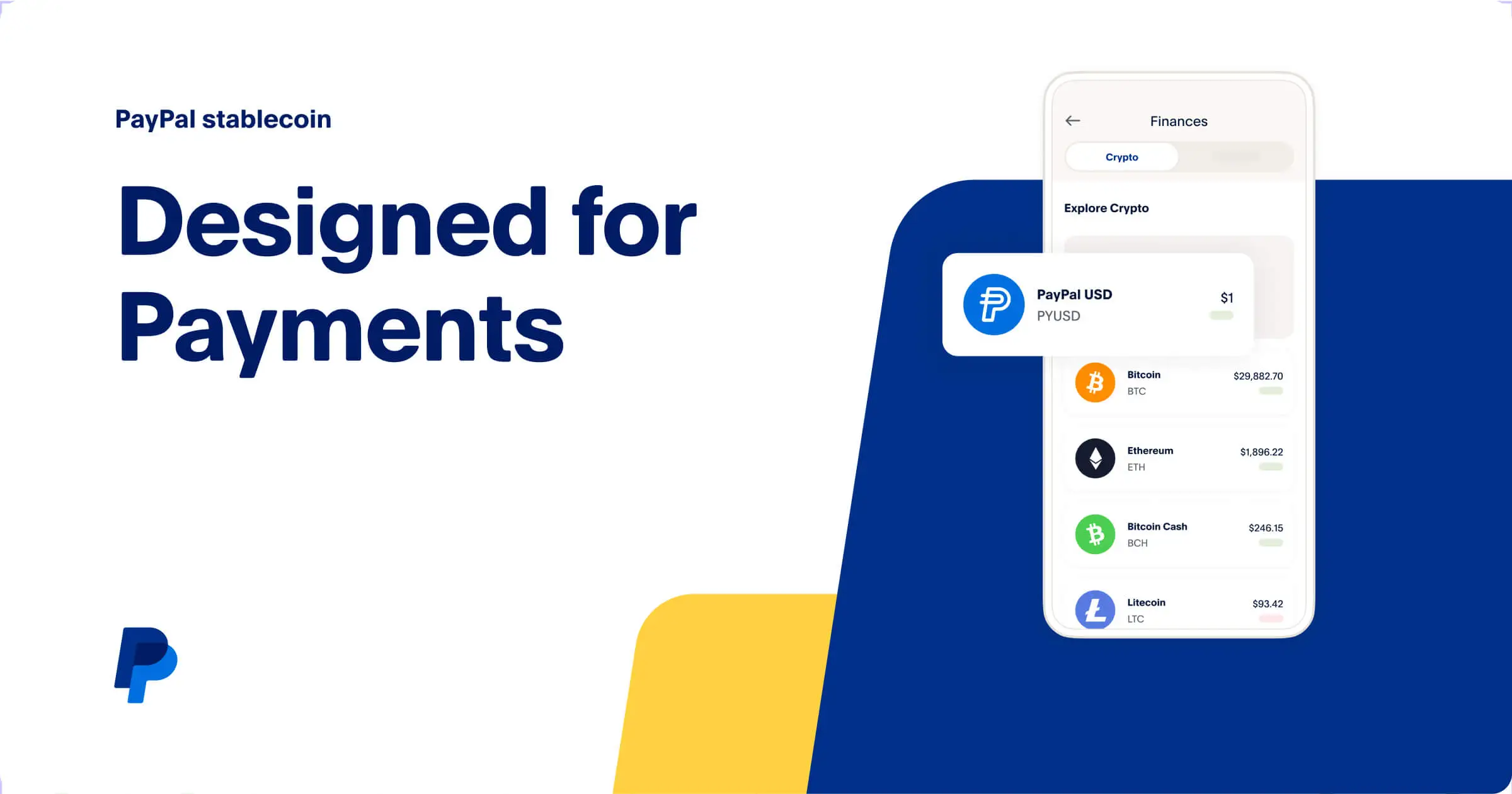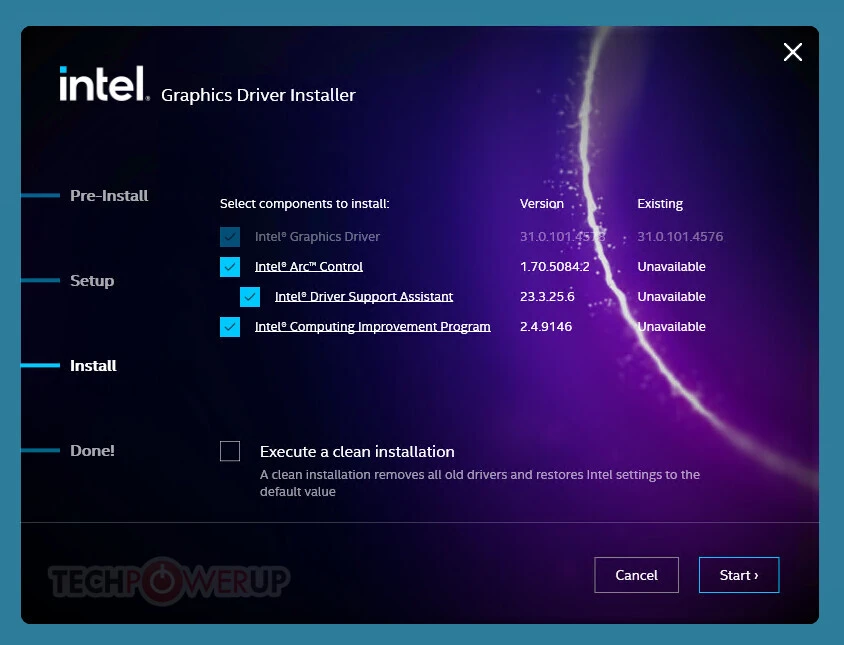- 10 Posts
- 212 Comments
What is your threat model? If it’s loosing money on your account, then Scrubbles already has posted an answer on security. I’d like to add that many modern credit/debit cards allow you to disable and reenable payment methods as you need it, you can use that to prevent your account getting drained.
But to me this isn’t the entire answer, as it does little to protect your privacy in case of a data breach. I’ll break down additional things you can do, roughly from least to most effort:
- Don’t reuse usernames unless you need to build a brand. If one account ever leaks personal information, it’s harder to associate it with the other stuff you do online.
- Have at least 2 regular emails, one for services that need your personal info, and one for everything else. If needed you can compartmentalize more. Use temporary emails for signups wherever possible.
- Often you don’t need to fill in real information into forms, make things up and put them as a note in you PW manager in case you need it later.
- Protect you phone number at all costs. It’s a pain in the a** to change, and companies know it. Always assume you are being tracked if asked for your number. If it leaks, it becomes much easier to build a profile on you.
- Shipping companies will often ask you for your number. How often have you been called because there were issues? If the answer is zero, they don’t need your real number either.
- When using 2FA, use Aegis or a similar app. SMS 2FA is vulnerable to a few attacks and again leaks your number.
- Get stuff shipped to a post box, if available to you locally. There are re-shipping services like a physical VPN if you need an extra layer.
- Do not use paypal for payment if you want to hide your post address. They automatically give it to the merchant without telling you. Not sure who else follows the same practice, but personally I would not trust google/apple/samsung pay either.
- If you need best payment privacy, buy a gift card with cash. Should you ever get crypto and want to get rid of it, buying a gift card with it is a good method.
Type
monerod bansinto the console, and it should print out the entire banlist.

 2·1 year ago
2·1 year agoThe primary concern with fdm printed parts is bacteria growth in the gaps and cracks, which you cant really avoid. Some materials allow vapor smoothing, but the most popular candidates ABS and ASA are not food save, even if perfectly smooth.
For storing stuff that does not support bacteria growth (for sure salt, maybe tea bags and pepper) PETG is a good choice. Strong consistent layer adhesion enables water tight print. Its relatively chemically robust and will not chemically react with your food, and not leach out much if at all. It also means its mostly dishwasher safe, especially at low temperatures. You MUST have a properly tuned PETG profile to get a close to perfect surface with minimal defects. Burn of any stringing, otherwise it will end up as microplastic in your food.
For storing stuff that can spoil, the requirements are a lot higher, and the only option is coating with a food safe resin. You should research what is compatible with the printed plastic, and maybe avoid dishwasher or aggressive cleaners.
For home use FreeCAD might be an okey replacement for autodesk. It’s not as polished, but working well enough for simple geometrioes
Sounds interesting, I’ll give it a try:
0x2f4e36e79c50027932bb406e6ddb8ed106d8396f
Very cool! Glad that there are finally working swaps directly from the app, and zero conf for low amounts is an appreciated upgrade.
Because Monero is fungible, I assume there wont ever be KYC checks when using XMR to pay in another crypto through your service, is that correct?

 3·1 year ago
3·1 year agoFascinating! Thank you for including a picture of the new design, using the ribs to reinforce the surface should improve things a lot with minimal material added.
Yeah just say you accept either prepaid with Monero (XMR) or using the cash-on-delivery option. A link to getmonero.org in the FAQ would be appreciated, but is not required.

 1·1 year ago
1·1 year agoI find spending a bit more on batteries goes along way. Although the nominal voltage and size may be the same, better batteries have lower internal resistance, ie provide the same current with less voltage sag. This prevent the low bat detection from tripping prematurely.
I prefer public discussion. If you must reach me privately, please send me a simplex invite, the lemmy chat is not encrypted.

 51·1 year ago
51·1 year agoCentralizing control over food supply in a monopolistic company that sells the seeds it a terrible idea. You don’t want to give a bunch of shareholders control over global food supply.
The technology could improve lives. But not in the hands of Monsanto. Not even if you are buying their product. Nor if you are supporting them on lemmy out of all places.

 2·1 year ago
2·1 year agoBatteries have one advantage over over supplies: extremely low noise. Even an good LDO will bump up the noise floor, and a cheap lcsc part will do so too. Plus you’s want a reasonably low dropout and quiescent current, which also increases price. Maybe 10ct in volume is reasonable for such a part - and yes, that will absolutely eat the margin
What is your target audience or use case? Because the obvious choice would be illegal items, which are excluded by your TOS. And while privacy enthusiasts are willing to spend extra, your asking price is too steep for casual use.
I noticed the pricing page is entirely dollar nominated, with the only payment option listed “cash on delivery”, listing a bunch of typical payment options. Monero is only mentioned as a feature on the usage and FAQ tab, and both are easy to miss. Initially I wondered why you were posting here if you only accept paypal and such.
Nobody can buy land in china, it is only leased from the government for up to 70 years for residential usage (less for other purposes). Calling the tofu-dreg building on top of this “owning a home” is disingenuous at best and deceitful at worst. Why do people buy homes anyway instead of renting? Because all other options to invest are even worse and it is literally their only option.
I hope you don’t tolerate how mega corps “sell” you shit like digital media or IoT devices only to later change the terms of sale and steal it back from you, because you never really owned it. Don’t tolerate the same shit if a government does it to you.

 2·1 year ago
2·1 year agoDon’t dry filament in the oven. Simply put the filament spool on the print bed, set it to 60°C (PLA) or 70°C (PETG) and cover it with a cardboard box to trap the heat. Poke 3 holes in the box to lead damp air escape. Let it cook for 2-4h, then flip the spool and wait for another 2-4h. Store in air tight container with some silica gel to keep it dry.

 266·1 year ago
266·1 year agoNone of the high end chips were made in Chinese fabs, and the device barely qualifies as a “laptop” besides the form factor. For some bizarre reason they used a USB5744 USB 3.2 5Gb/s hub chip, which tells me the following:
- Their CPU doesn’t even have multiple USB3 interfaces
- Their CPU doesn’t even have a single 10GB/s USB interface, which has been standard for may years
- They don’t really care about using local parts only, because they have alternative products like the GL3590
Unless We get better close up tear down photos, this devices primary purpose is propaganda
People who have to use the best tools, use the best tools. In other news: water confirmed to be wet

 5·1 year ago
5·1 year agoGood advertising on your side










I’ve had to use privatized public transport for a few years, and also driven car for a few years.
Unfortunately public transport is unreliable af. I can tolerate the occasional delay, but if you need to get a connection and miss it, it often was at least half an hour of extra delay. Plus this often happened when its either exceptionally hot or cold, while I had to wait outside. And don’t get me started on strikes. Yes, workers should be paid appropriately. But if thousands of people suddenly can’t get to work because their line is canceled, what else should the people do? Take there non existing cars? Take the overbooked car sharing, uber and taxis, none of which can handle the surge in demand?
So as a first step, I’d rather start with improving public transport. Streets are owned by the state, why can’t rails be? Make it so good that I prefer using it. Because unless that happens, you won’t get the majority support for making things worse (even if it is to make things better overall)